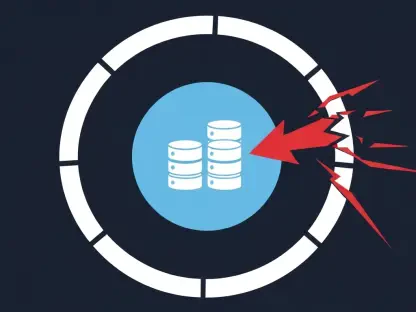In a surprising turn of events that has captured the attention of tech enthusiasts and everyday users alike, Microsoft has launched a direct and assertive campaign to steer Windows users away from a popular competing browser and toward its own offering, Microsoft Edge. This move comes as part of a broader strategy to regain ground in the highly competitive browser market, where user trust and security have become paramount concerns. With a dominant player holding a significant share of the market, Microsoft’s latest tactics involve explicit warnings that pop up during the installation process of the rival browser, urging users to reconsider their choice. These messages emphasize Edge’s comparable technology and the added layer of trust associated with Microsoft’s brand. This development raises questions about competition, user choice, and the evolving dynamics of the tech industry, where security often trumps performance as a deciding factor for many. The implications of such a bold approach are worth exploring in depth to understand Microsoft’s motivations and the potential impact on users.
The Shift in Microsoft’s Strategy
Microsoft’s recent efforts to promote Edge over other browsers mark a noticeable shift from earlier, more subtle methods of persuasion. In the past, the company relied on taskbar notifications or promotional banners within its ecosystem to nudge users toward Edge. Now, a more direct approach has emerged, with pop-up warnings appearing the moment a user attempts to install a competing browser. These messages explicitly highlight Edge’s technological similarities to the competitor while positioning Microsoft as a more trustworthy option for Windows users. This change in tactics reflects a calculated effort to build loyalty within the Windows ecosystem and drive adoption of Edge at a critical decision-making point. While some users may appreciate the heads-up about an alternative, others might view this as an intrusive attempt to sway their preferences. The strategy underscores Microsoft’s determination to challenge the status quo in the browser space, prioritizing immediate engagement over passive promotion, and it signals a fierce intent to reclaim market influence through trust and integration.
Debating Trust and Competition
The controversy surrounding Microsoft’s warnings centers on the balance between fostering trust and engaging in potentially anti-competitive behavior. Critics argue that presenting security-focused prompts at the exact moment a user tries to switch browsers could unfairly influence decisions, casting doubt on the rival’s reliability without substantial evidence. Although users can still proceed with their chosen installation, the implication that Edge offers superior safety might deter some from exploring alternatives. On the other hand, Microsoft contends that Edge’s tight integration with Windows and robust security infrastructure provide genuine benefits, especially for those already embedded in the Windows environment. This debate highlights a broader trend in the tech landscape, where competition increasingly hinges on user confidence rather than raw performance metrics. As browser wars evolve, the focus on trust as a differentiator raises ethical questions about how far companies should go to promote their products, and whether such tactics ultimately benefit or constrain consumer choice in a crowded digital market.









